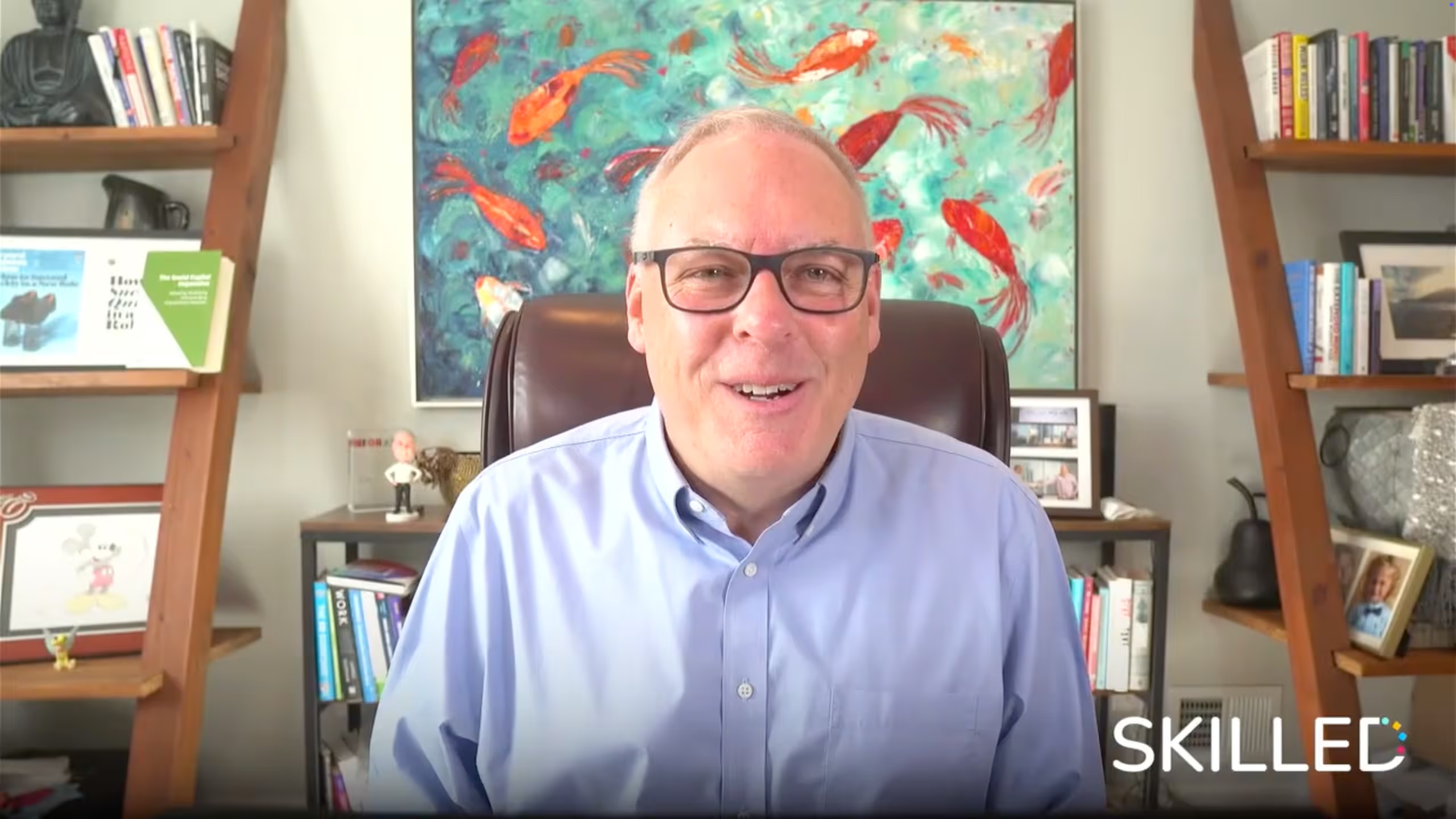Guest Bio
Greg Pryor is a long-time human capital leader and pracademic who has held senior roles at Accenture, Merrill Lynch, Guild, and Workday. He collaborates with Connected Commons alongside scholars and practitioners such as Rob Cross, Deb Zehner, and Michael Arena, advancing research and practice on social capital. Greg is co-authoring a forthcoming book on social agility in the age of AI and inevitable success.
Why Social Capital Matters
Traditional development focuses on human capital, which includes skills, knowledge, and experience. Greg makes the case that social capital accounts for a large share of career outcomes because relationships provide access to ideas, feedback, decision makers, and energy when the work gets hard. Human capital is necessary. Social capital makes success more likely and more repeatable.
The Papal Prediction Story
Before Cardinal Prevost was elected Pope, media outlets and Vegas oddsmakers gave him almost no chance. Three network scientists, however, looked only at the strength and pattern of his connections and published a prediction the night before the conclave that he would be chosen. Their argument was simple: his network resembled that of his former leader, Pope Francis, in structure and influence. Twenty-four hours later, he became Pope Leo XIV. Greg uses this story to illustrate a core finding: promotions and performance often correlate more closely with the pattern and quality of our relationships than with titles or resumes.
Four Network Patterns of Success
Greg and his colleagues identified four recurring network patterns that consistently appear among high performers. These patterns represent different ways people build and leverage relationships as their roles, goals, and organizational contexts evolve.
Fast Movers
Arrive in a role and quickly become appropriately central. They align their expertise to the team’s priorities and accelerate trust so others pull them into the real work.
Fast Shapers
After landing in the network, they avoid overload. They narrow their focus, create psychological safety in small teams, and deliver visible wins that shape how work gets done.
Fast Scalers
Once something works, they diffuse the idea through open bridges across functions and levels so adoption spreads and reputation travels with it.
Fast Risers
Their networks look more like their leaders than their peers. Sponsorship, legitimacy, and access mirror the next level, which increases the odds of promotion and success after promotion.
Practical Skills to Build Social Agility
Greg emphasises that success in networking is about quality, not quantity. Building more connections does not guarantee better outcomes; what truly matters is cultivating authentic, purposeful relationships that align with your goals and add genuine value to both sides.
- Open with context, not credentials: When meeting a new stakeholder, ask for their priorities first, then connect your experience to those goals. This accelerates trust and inclusion.
- Bridge and bond on purpose: Use bridging ties for ideas and exposure across groups. Use bonding ties for speed, safety, and execution with a small team. Oscillate between the two.
- Trade and receive social capital: Offer introductions, insight, and small helps that others can use immediately. People will pull you into consequential work and trade their credibility on your behalf.
- Watch for overload: If everyone comes to you for everything, quality drops. Redirect and shape requests so you protect time for the work that matters most.
Designing Learning for Connection
Learning cohorts should be designed to build social capital, not only skills. Mix participants to create valuable bridges across functions and levels. Include structured peer problem solving, repeated small collaborations, and visible sponsorship to strengthen ties that persist after the program ends.
What Companies Should Do Now
In the age of AI, technical fluency is necessary, but social agility is what keeps people relevant. Companies should teach social capital skills alongside AI capabilities, helping employees build meaningful relationships while adapting to technological change. Leaders can map informal influence to identify the 15 percent of employees who sway 85 percent of organizational adoption and engage them early in change initiatives. It is equally important to measure and manage collaboration overload so teams maintain a healthy balance of trust, time, ideas, and influence to sustain both performance and well-being.
Advice To His Younger Self
Fall in love with the outcome, not the solution. Begin with the business problem, tie your approach to measurable value, and use research and data to show how your method increases the likelihood and speed of success.
Ready to Push Boundaries?
Greg Pryor’s perspective bridges research and real-world practice, proving that success in the age of AI depends as much on relationships as on capability. Through his work on social capital, he shows that career growth is not only about what you know, but who you connect with, how you build trust, and the influence you nurture across networks. His insights challenge leaders to cultivate intentional connections, balance human and technical skills, and design workplaces where collaboration drives meaningful impact. Listen to the full episode of Skilled for more insights. [Listen here]
Episode Summary
Greg Pryor explains why relationships are a decisive driver of performance and advancement. He shares the papal prediction story to show how networks forecast outcomes, defines four network patterns that mark fast movers, shapers, scalers, and risers, and offers practical ways to build social agility. He urges HR and learning leaders to design for connection and to teach these human skills alongside AI capabilities so people remain relevant and organizations move faster with greater certainty.
Resources
- Connect with Greg on LinkedIn
Key Takeaways
- Social Capital Multiplies Human Capital: Skills matter, relationships turn them into outcomes.
- Intentional Beats Extensive: Curate authentic ties that align to your current work and stage.
- Fast Movers Align First: Lead with the other person’s priorities to accelerate trust and inclusion.
- Bridge for Ideas, Bond for Execution: Toggle between diverse exposure and tight delivery teams.
- Avoid Collaboration Overload: Shape demand so quality and energy stay high.
- Fast Risers Mirror Leadership Networks: Sponsorship and access often predict promotion success.
- Design Learning for Connection: Build cohorts that create durable bridges across the business.
- Teach Relevance in the Age of AI: Pair AI fluency with social agility to keep people valuable.
- Map Informal Influence: Engage the few who sway the many to accelerate change.
- Start With the Outcome: Tie every talent solution to a clear business result.
Chapters
- 00:00 The Power of Connections in a Papal Election
- 04:44 What Social Capital Is and Why It Matters
- 09:52 Intentional Networking that Accelerates Trust
- 19:37 The Four Network Patterns of High Performers
- 29:34 Building Social Agility Skills that Stick
- 39:31 Advice for Future HR Leaders and Practitioners
Ready to turn insights into impact?











